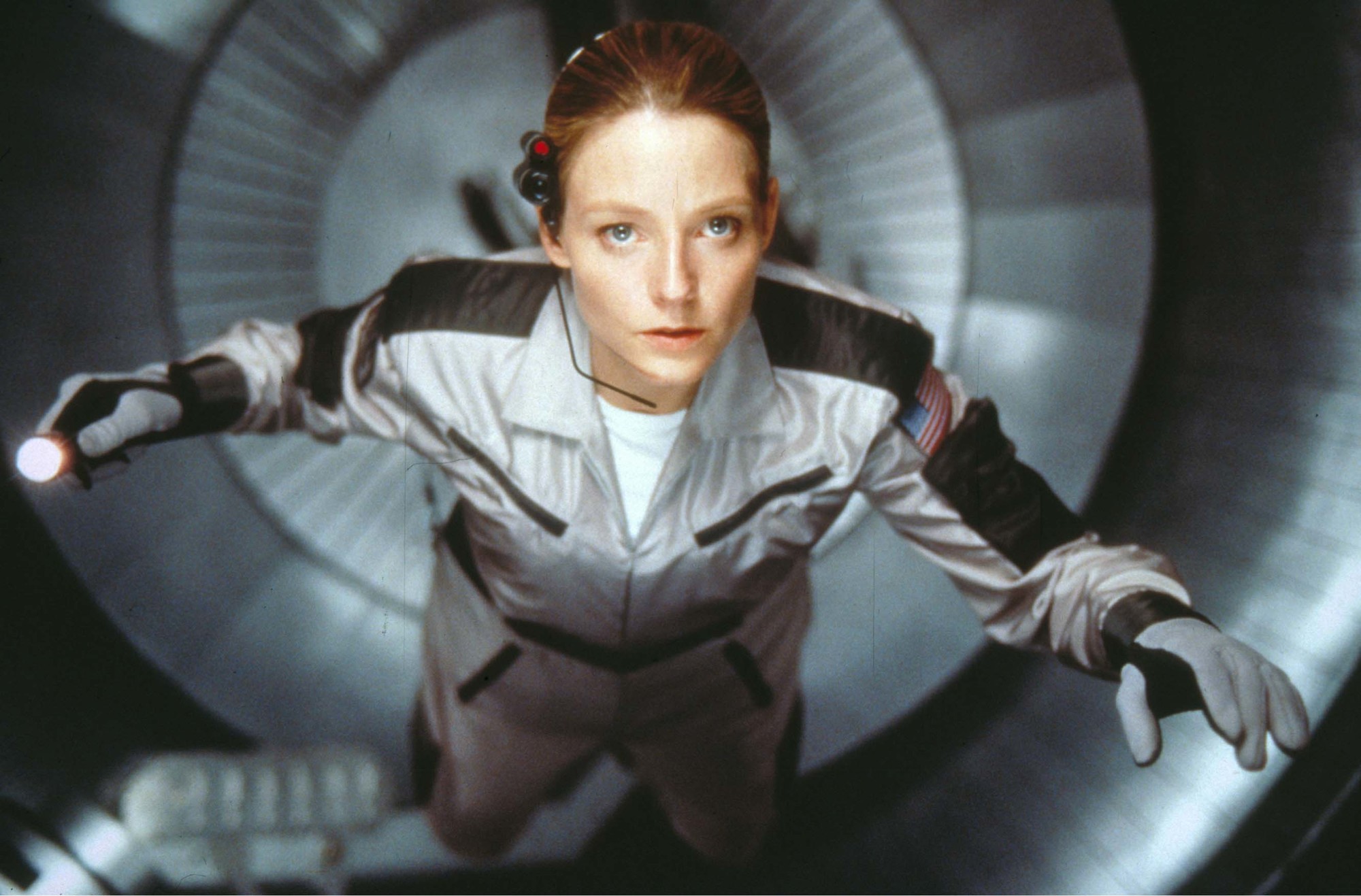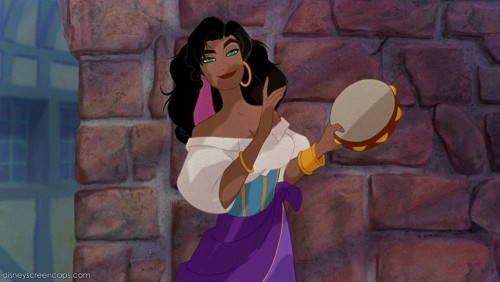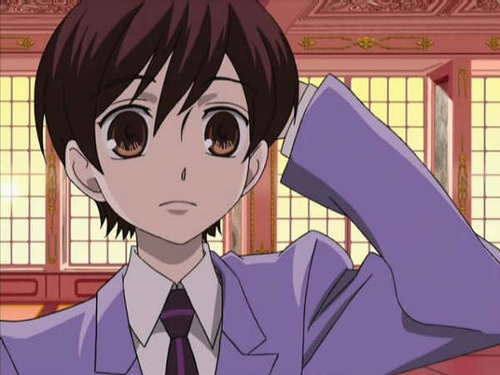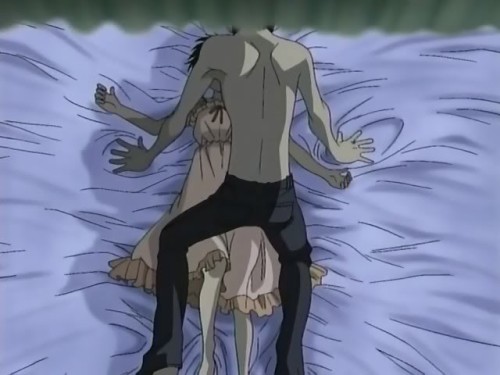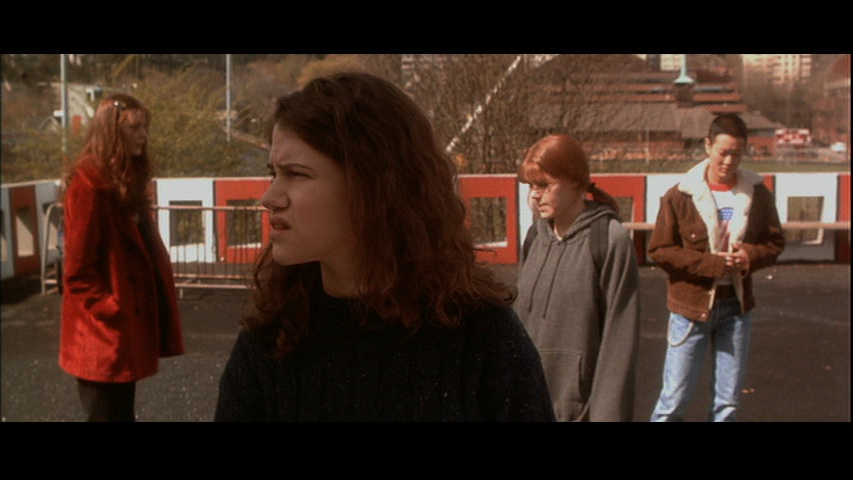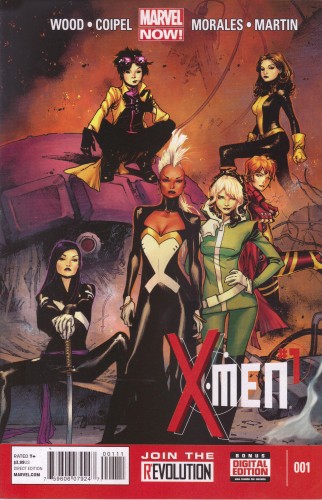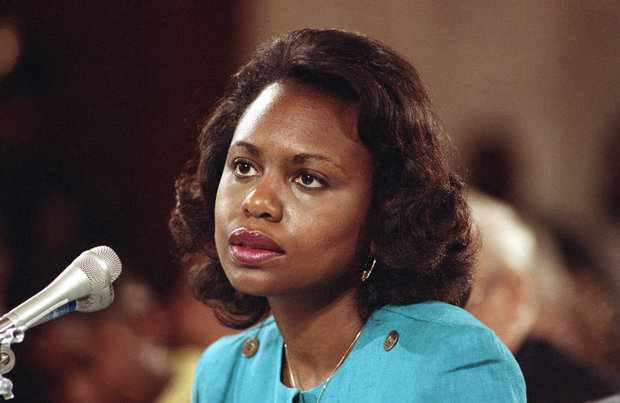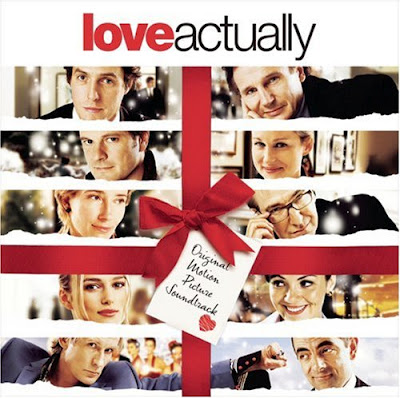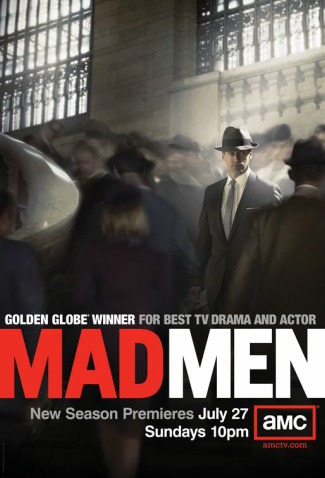This guest post written by Maria Myotte appears as part of our theme week on Women Scientists.
The math is unequivocally on the side of the alien enthusiasts. “You know, there are four hundred billion stars out there just in our galaxy alone,” Jodie Foster’s Dr. Ellie Arroway explains to Joss Palmer, played by a luxuriously coifed Matthew McConaughey in the 1997 hit movie Contact. She continues, gazing upward toward an expansive, clear night sky drenched in stars. “If only one out of a million of those had planets, and if just one out of a million of those had life, and if just one out of those had intelligent life, there would be literally millions of civilizations out there.” She’s explaining to him why after years of finding nothing at all she remains committed to searching for definitive proof of extraterrestrial intelligent life. Aliens exist, but they’re not easy to find.
Ellie Arroway is the protagonist of Contact (co-written by Carl Sagan and Ann Druyan), making this film one of very few to have a woman scientist at its center. There are some tells that it was released almost twenty years ago – creepy, obtuse email communication, giant computers, the use of multiple scrunchies – but the entire gist is still pretty radical: A big-budget film about a woman leading a monumental mission that, if successful, would be the most important discovery of our time. Contact’s feminism is all the more stunning to watch two decades after its release because of its stingingly accurate portrayal of sexism in science and refusal to appease the hetero-male gaze.
We are introduced to Arroway as a young girl, hanging with her Dad and paging truckers across the country. She is enthralled with radio signals’ abilities to contact truckers farther and farther away. When we see Arroway as an adult, she wears casual, comfortable clothing. Her hair is almost always pulled back from her face as she listens for any discrepancy in the vastness of space sounds. She is never objectified, nor is a romantic relationship foundational to the plot. Arroway’s romantic dalliance with Palmer flits throughout the film, but their relationship is defined by their philosophical opposition – she is a woman of science and empirical proof, he is a “man of the cloth without the cloth” and eventually a religious advisor to the President. Their conflict frames an essential tension of the movie. When they are together, they are not flirting, fighting, or dry or wet humping. They discuss in depth their personal and professional passions, like real people do as they get to know each other. The single, near-sex scene shapes more of Arroway’s personality. The morning after she sleeps with Palmer, he implores, “How can I contact you?” She says, “Leave your number,” and she skedaddles off to do science. This is the 90s, so he scrawls his number on a sticky note and underlines the words “Please Call.” She never does, because she gets her funding pulled and immediately starts a sojourn to raise money to continue her life’s work.
During her quest to find “little green men,” Arroway deals with ridicule from her male colleagues and supervisors, challenges with funding, and warnings that she is committing career suicide. Her supervisor, an older man and science big-wig, Dr. David Drumlin, scolds her early in the movie, reducing her career to two possibilities, “One… there is intelligent life out there, but you’ll never contact it in your lifetime, and two… There’s nothing out there but noble gases and carbon compounds, and you’re wasting your time. In the meantime, you won’t be published, you won’t be taken seriously and your career will be over before it’s begun!” The same warnings were levied at the woman Arroway’s character is based on, Dr. Jill Tarter, the former long-time director of SETI (Search for Extraterrestrial Intelligence) Institute and all-around mega-inspiring galactic badass.
But, unlike Dr. Tarter (yet), Arroway ultimately finds stunning proof of alien life in a three-dimensional radio signal containing instructions for building some sort of spaceship beamed to Earth from somewhere near the star Vega. After Arroway takes in the realness of her discovery, she alerts her network. Men swarm her lab with interruptions, patronizing warnings, mansplanations, and of course, claims to her discovery. Her foil, Drumlin, who previously revoked her funding and access to satellites, appears almost instantaneously to claim the discovery as his own. At every pivotal moment where a decision, expert, or spokesperson is needed to comment on the findings, Drumlin subtly overpowers Arroway and becomes the face of the discovery. The series of quiet defeats she endures is a crucial representation of how gender discrimination in science careers functions. Today’s stunning lack of women, especially women of color, in leadership positions in science is not the result of a single, shitty, sinister apple. Rather, it’s a series of assumptions, biases, and privileges that results in a system and culture that vaults mostly white men into the most prestigious positions where they enjoy almost total immunity from being held accountable to discriminating against and harassing women. Although bias against women in the sciences is well-documented, the very folks who need to change their behavior to help fix the problem – dudes in science – don’t believe it’s really a thing, even when shown compelling evidence.
This toxic stew of denial and power produces a culture where it is extraordinarily difficult for women to speak out against discrimination or abuse. Perhaps that’s why every time Arroway should rip into Drumlin for being a despicable human, she doesn’t. The closest she comes to confronting him is after it’s been decided that he, not her, will be shoved into the alien orb they built from instructions in the radio signal and blasted off into space as Ambassador of Earthlings to meet whomever sent the invitation. He acknowledges that she must think “this is all really unfair” but explains that the “bottom-line” is that the world doesn’t work that way, to which she politely retorts, “Funny, I’ve always believed that the world is what we make of it.” A deeply unsatisfying moment.
Today, it seems to take a hoard of women publicly calling out problems simultaneously, like sexual harassment (Bill Cosby, Roger Ailes) before anyone begins to acknowledge that the individual in question might be guilty. In January of this year, a tidal wave of stories from women astronomers who have been sexually harassed poured into Twitter with the hashtag #AstroSH. A renowned astronomer at Berkeley left the faculty after being found guilty of sexual harassment over a period of ten years. The university’s Dean of the Law School also resigned under similar circumstances. And like so many other examples across sectors, the administration had intentionally kept the harassment cases secret. The ubiquity of the harassment and discrimination exemplified by the experiences shared online with #AstroSH is made possible by a network of people and institutions which opt to not believe women, ignore them outright, and cover up evidence of wrongdoing by the men in question.
Similarly, Drumlin’s usurpation of Arroway’s discovery isn’t challenged by anyone. In fact, assumptions made by the gaggle of folks responsible for moving the project forward do a lot of this work for him. At the first public press conference about the discovery, we see Drumlin and Arroway standing off to the side of a packed room while then President Bill Clinton tries to keep his cool while explaining the brain-liquefying findings to reporters. Arroway nervously shuffles her notecards for the speech she is about to give. Her face is stressed, expectant. As the press secretary introduces the scientist responsible for the discovery, Arroway walks toward the lectern and passes right in front of Drumlin. He stays put. At the last minute, we hear Drumlin’s name announced, a surprise to both of them, but he doesn’t pass up the opportunity and confidently struts toward the front of the room to declare Arroway’s discovery as his own to the entire world. So, Drumlin’s not on a vicious, power-hungry bender; after mocking and obstructing Arroway’s life-mission, he practically crowd surfs into taking credit for it.
Arroway’s experience with sexism is not buried or subliminal; it is central to the plot. This means that the audience identifies with Arroway as she navigates these challenges and we root for her too. When Drumlin suffers a fatal injury during an explosion that destroys the machine before he or it has a chance to go anywhere, we know Arroway is about to have her day. And she does. She is dropped into the center of another machine where she eventually travels through a series of wormholes to the uber-advanced alien civilization that originally sent the message.

She manages to record the entire trip, verbally describing in detail what she sees along the way, like the wormhole transit system, the lights and structures from the alien civilization’s home planet, and the star’s solar system. She even talks with some sort of alien ambassador who takes the form of her Dad – a technology that turns their alien forms into recognizable humans which it says makes it easier for puny humans to understand what’s going on. When she wakes up on Earth, she’s told the machine malfunctioned. She was in the machine for only a few seconds. Instead of basking in triumph, her experience is literally put on trial.
Government officials accuse her of lying, having delusions, and being the victim of a bizarre prank. Arroway insists that her experience was real despite not having external evidence – ultimately forcing herself and the public to take her word for it, or take it on “faith.” But something else is happening too – a demonstration of how patriarchy conditions us to not believe women, even under the most spectacular and compelling of circumstances. This is made clear as we find out moments later that proof of Arroway’s journey existed all along – an otherwise unexplainable 18 hours of time recorded on the equipment she took on the trip – the same amount of time she guessed she was gone. In a hilarious because it might be true kind of way, Contact ends up showing how blasting through wormholes and meeting aliens might actually be more plausible than humans fixing sexism. It also celebrates real women in science today, like Dr. Jill Tarter, whose contributions too often get overlooked and omitted from history and pop culture.
See also at Bitch Flicks: Camp and Culture: Revisiting ‘Earth Girls Are Easy’ and ‘Contact’
Recommended Viewing: Join the SETI Search by Dr. Jill Tarter (TED Talk)
Image of Dr. Jill Tarter | Photo by Raphael Perrino via Flickr and the Creative Commons License.
Maria Myotte is a feminist writer, sci-fi and speculative fiction enthusiast, and progressive media strategist. In a parallel reality, she is a badass astrophysicist. Find her on Twitter at @mariamyotte.
